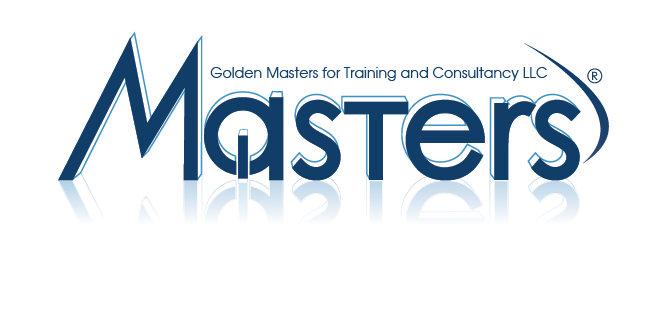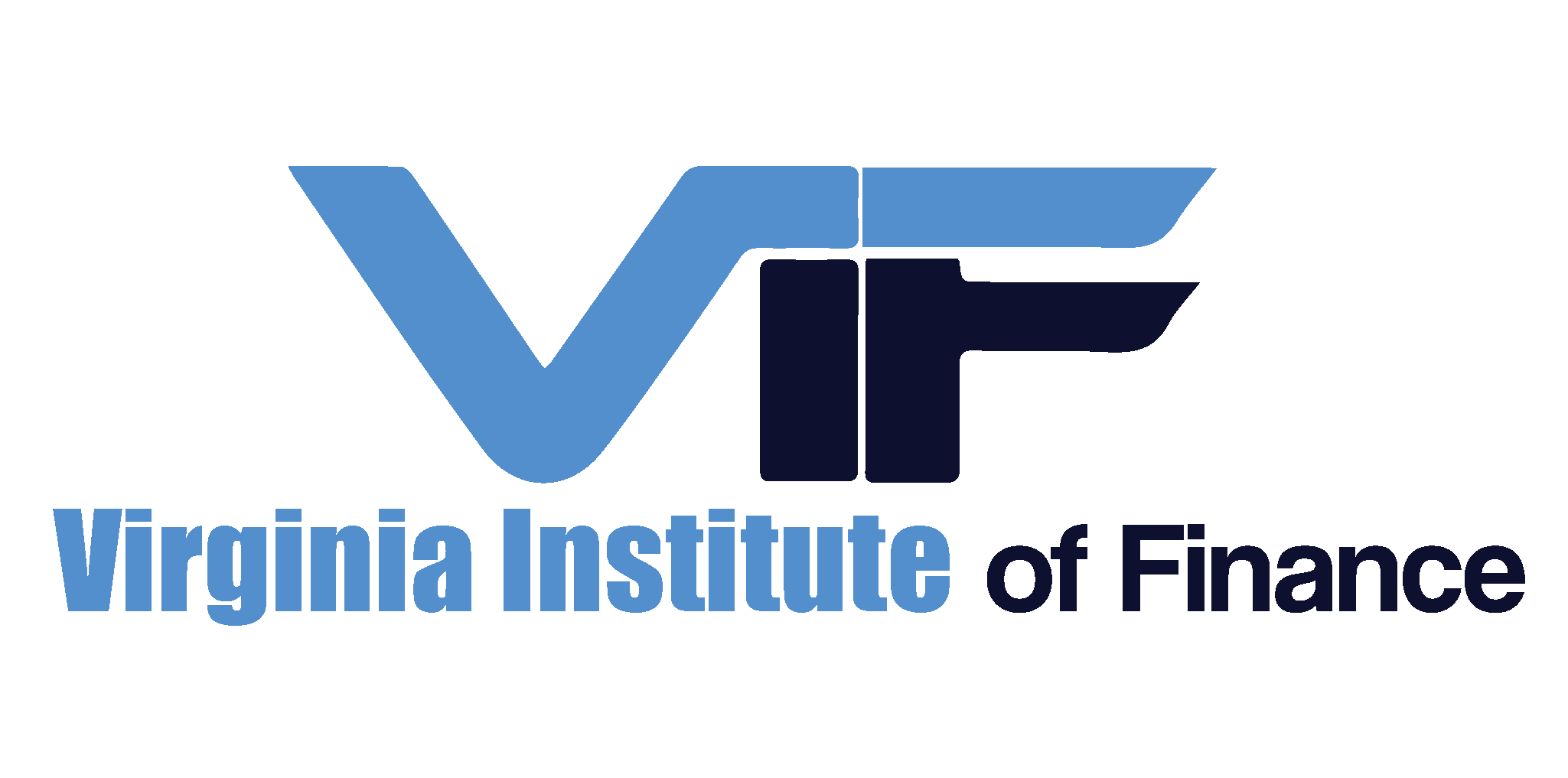Budgetary control is the most widely used tool for planning and monitoring organizational activities. Importantly, the budgets are inextricably linked with both strategy formulation and cost analysis.
For these reasons, it is crucial to interpret how costs behave so that realistic budgets and plans can be produced, and appropriate financial and non-financial resources can be made available to the business. Knowing some of the limitations of budgetary control, it is also imperative to complement and integrate the budgets with other organizational techniques, such as the balanced scorecard.
Therefore, this course will allow you to explore the traditional tools of budgeting as well as new dynamic approaches which reflect and respond to the current complex and volatile business environment. This course enables participants to:
- Integrate the organization’s strategic planning with budgets and processes of cost control
- Identify the budgeting/financial skills required for better decision-making, whether for continuing business or project or a new business venture
- Identify sources of financial and business data that provide insights into business and financial strategies when converted to budgets
- Explore traditional versus innovative budgetary techniques
- Explore traditional versus innovative cost analysis techniques
- Get to know activity-based budgeting (and costing)
- Explore capital budgeting techniques
- Question the problems and limitations of budgetary control and look for alternative tools
- Understand the importance of balancing financial and non-financial aspect of the business
- Explore budgets and performance measurement as communication tools
Course Objective:
- Successfully build an integrated planning, budgeting and reporting process
- Understand costs behavior and revenues more accurately
- Deliver more timely and useful information to decision makers
- Ensure that processes of business planning, budgeting, and management reporting are robust in themselves and suitable for your organization
- Link these processes together in your organization
- Understand capital budgeting
- Enhance cost awareness & perform variance analysis
- Describe specific cost analysis and performance measurement techniques
- Explore Balanced Scorecards and six-sigma
DAY 1 - THE ROLE OF BUDGETING AND COST CONTROL
- The “organizational triangle”: strategy, budgeting and control
- Describe responsibility centers and responsibility accounting
- Exploring revenues and cost behavior
- Cost-Volume-Profit analysis – The concept of contribution margin
- The Budget and its role for achieving organizational targets
- Define the master budget and explain its major benefits to an organization
- Problems and Exercises
DAY 2 – FLEXIBLE BUDGETS & VARIANCE ANALYSIS
- Describe the difference between a static budget and a flexible budget
- Develop a flexible budget
- Compute flexible-budget variances and sales-volume variances.
- Compute the price and efficiency variances for direct-cost categories.
- Explain why standard costs are often used in variance analysis.
- Integrate continuous improvement into variance analysis.
- Problems and Exercises
DAY 3 – FROM TRADITIONAL TO ACTIVITY-BASED BUDGETING
- The key issue of controlling overhead
- Direct and indirect cost allocations
- Traditional costing and activity-based costing (ABC)
- From traditional budgeting to Activity-based budgeting (ABB)
-Translating strategy into a process and activity framework
- Linking ABB to ABC within Activity-Based Management
- Case, problems and examples
DAY 4 – SALES VARIANCES AND CAPITAL BUDGETING
- Budgeting and controlling overhead (both fix and variable)
- Budgeting revenues and sales variances
- Capital budgeting – understanding future cash flows
- Payback period, net-present value and internal rate of return
- Economic-value added
- Problems and Exercises
DAY 5 – BEYOND BUDGETING
- The budgets and performance measurement as tools for communications
- Budgets and issues of motivation
- Beyond budgeting: integrating financial and non-financial issues
- The balanced scorecard: customer, internal processes, and learning perspective
- Budgets and quality: the use of six-sigma





